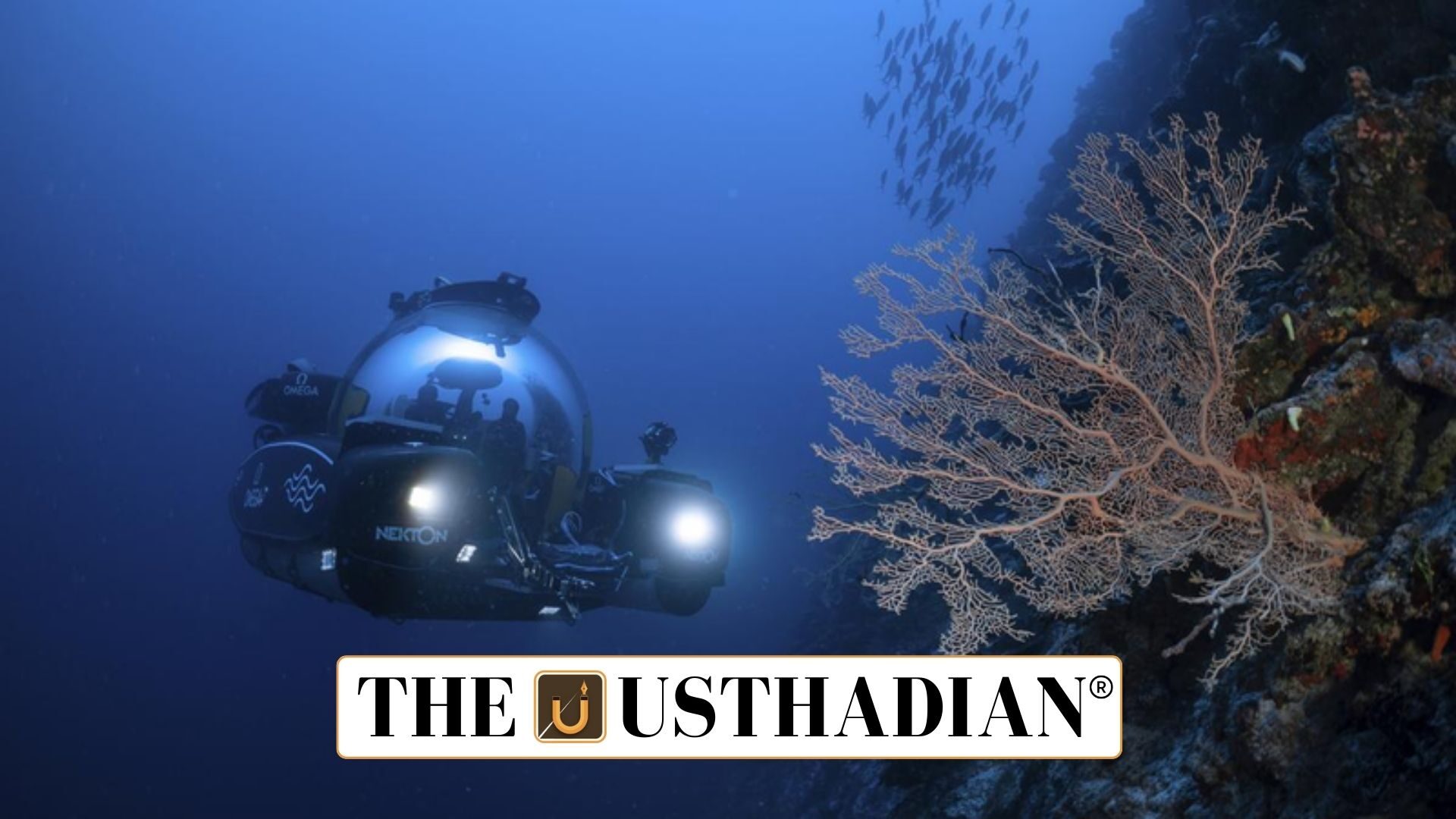India’s Record-Breaking Dives
India’s Historic Deep Ocean Achievements in Atlantic: In August 2025, two Indian aquanauts descended to 4,025 metres and 5,002 metres in the Atlantic Ocean. This is the first time India ventured beyond the 4,000-metre depth mark.
The achievement places India among fewer than six nations to reach such extreme depths. It strengthens India’s global position in marine exploration and advances its scientific capabilities in ocean research.
Static GK fact: The deepest point in the world’s oceans is the Challenger Deep in the Mariana Trench at about 10,984 metres.
Indo-French Collaboration
The mission was executed in partnership with IFREMER, France’s premier marine research institute.
Indian aquanauts boarded the Nautile submersible from the French research ship L’Atalante near Portugal. The collaboration enabled Indian scientists to gain expertise in piloting, sample collection, and submersible management.
Such projects boost international scientific cooperation and technology transfer.
Static GK Tip: IFREMER stands for Institut Français de Recherche pour l’Exploitation de la Mer and is headquartered in Brest, France.
MATSYA-6000 Submersible
MATSYA-6000 is India’s indigenously developed human-rated submersible designed for 6,000-metre depth operations. It has 12 hours operational endurance and advanced safety systems, including titanium hull and emergency escape mechanisms.
Wet trials concluded successfully in early 2025, with shallow trials planned for 2026 and deep-sea tests in 2027–28 under the Samudrayan Mission.
Static GK fact: The National Institute of Ocean Technology (NIOT) in Chennai leads the MATSYA-6000 development.
Strategic Importance of Deep Ocean Resources
India’s 7,517 km coastline and vast Exclusive Economic Zone (EEZ) offer access to rich marine resources. The Deep Ocean Mission targets sustainable use of these resources, including polymetallic nodules at depths of 4,000–5,500 metres.
India holds contracts with the International Seabed Authority for exploration in the Central Indian Ocean Basin. The mission also supports blue economy development and ocean climate advisory services.
Static GK Tip: India’s EEZ covers over 2.37 million sq km.
National Vision and Future Outlook
India’s progress in deep ocean research complements its space exploration achievements. These two domains form twin pillars of future growth.
By 2027, the Samudrayan Mission aims to send MATSYA-6000 to full operational depth, solidifying India’s place as a global leader in high-technology science.
Static Usthadian Current Affairs Table
India’s Historic Deep Ocean Achievements in Atlantic:
| Topic | Detail |
| Date of achievement | August 2025 |
| Depths achieved | 4,025 metres and 5,002 metres |
| Ocean | Atlantic Ocean |
| Partner country | France |
| Submersible used | Nautile |
| Research ship | L’Atalante |
| Indian submersible name | MATSYA-6000 |
| Target depth for MATSYA-6000 | 6,000 metres |
| Leading Indian agency | National Institute of Ocean Technology (NIOT) |
| Contract authority for seabed mining | International Seabed Authority |








